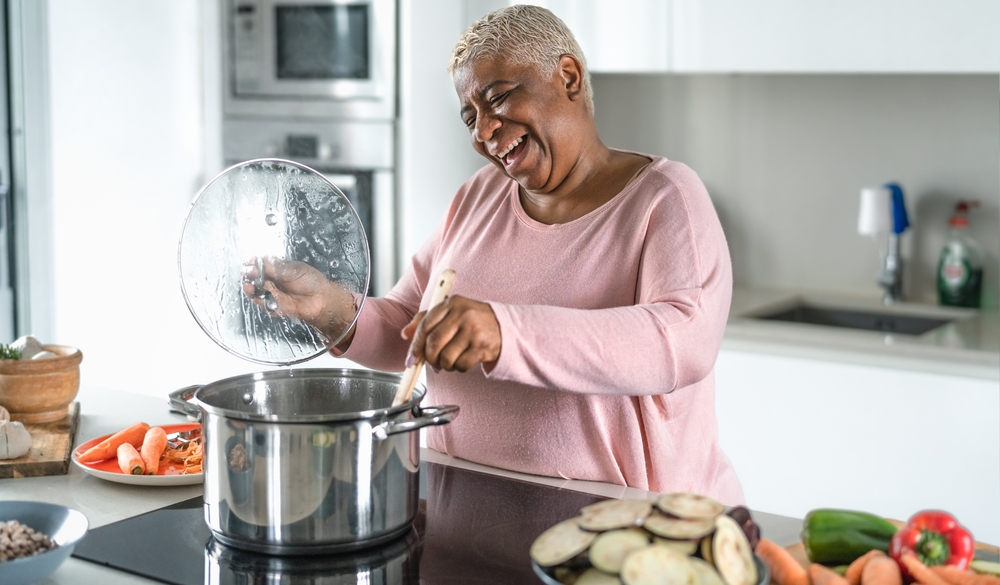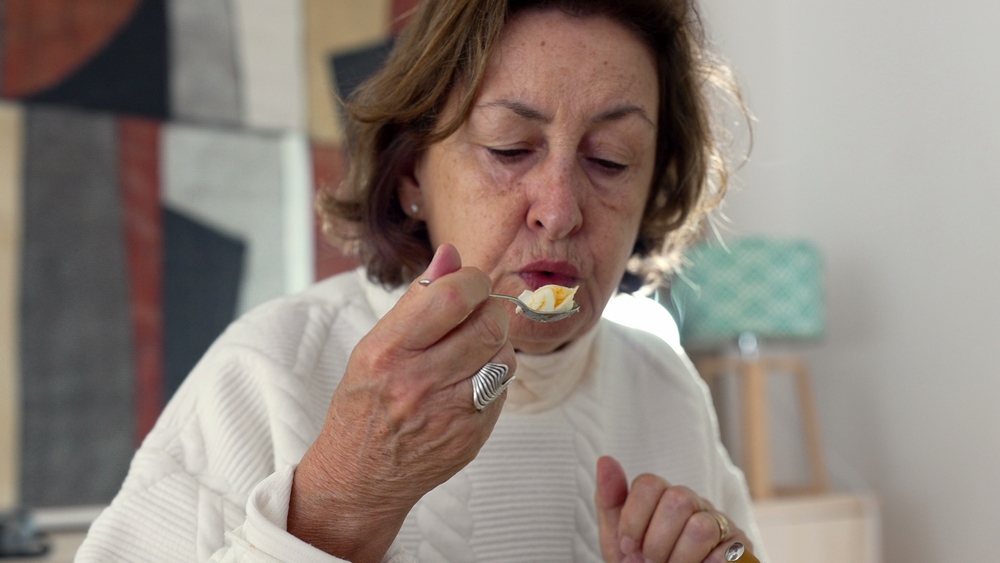How to Puree Food for the Elderly
Category:

For some seniors, eating solid foods can be a challenge. Whether the cause is from dental issues, loss of appetite, or trouble swallowing — the solution is the same — pureed food! In this post, we’ll discuss pureeing food for the elderly, and help you develop a menu for your loved ones.
Puree Food for Elderly Patients
Pureed foods are made by mashing or chopping food until it reaches a fine, smooth texture. Pureed foods should be moist and have a pudding-like consistency so they can be easily digested without chewing or saliva.
Even if you’ve never prepared pureed food yourself, you’ve likely encountered pureed hospital food — which is valued for being easy for recovering patients to eat and digest.
Seniors will likely be put on a puree diet for one of a few reasons:
- Difficulty Swallowing (Dysphagia) – Dysphagia is a common side effect of various age-related changes to the body but is most often linked with Dementia. Difficulty swallowing can prove to be a health risk, as it greatly increases the risk of choking or inhaling food particles.
- Dental Issues – Common issues like missing teeth, ill-fitted dentures, or oral pain due to gum disease can make chewing difficult for aging adults.
- Issues with Appetite or Digestion – Many seniors see a decrease in appetite or develop digestive discomfort as they age. Similarly, some seniors may experience changes to their taste as a side effect of necessary medications. In both cases, pureed foods may make it easier for older adults experiencing these changes to reduce food aversion and ensure proper nutrition.
What Food Can You Puree for Adults?
Almost any food can be pureed with the right ingredients and equipment. However, foods with a naturally “soft” texture are always going to be the easiest to puree.
Preparing pureed food for dementia patients or seniors suffering from issues with their digestion can have a bit of a learning curve, but spending time experimenting with recipes that use their favorite foods can go a long way in helping your loved one maintain a healthy, varied diet.
Do I Need a Specialty Puree Machine for Elderly Patients?
No. A standard food processor is all you need to start pureeing food for elderly patients.
Download Our FREE Path to Care Guide
How to Puree Food for the Elderly
Regardless of what you are looking to puree, there are a few best practices worth keeping in mind:
- Remove skin, seeds, bones or any other tough to blend elements from your ingredients.
- Cook ingredients until they are tender and easy to chop.
- Chop ingredients into smaller pieces that are easy to blend.
- Process ingredients using a food processor until you’ve reached a pudding-like consistency. If necessary, add small amounts of hot liquid for hot foods or cold liquid for cold foods until you reach the desired texture.
- Use the “spoon test” to determine if you’ve got the proper texture — if the puree runs or drips, it is too thin; if it globs on or sticks to the spoon, it is likely too thick.
- Season or flavor before scraping pureed foods off the sides of the processor. Reprocess as needed until texture and color are uniform. If you see chunky bits, or splashes of color – you need to reprocess.
- Repeat these steps for each individual dish to avoid cross-contamination. While it may be easier to try and blend an entire meal into one puree, the end result may be off-putting to your senior.
Contact our caregiving team today to learn more about our home care services at 1-800-GRISWOLD or find a Caregiver near you.
Subscribe
Date: 2024-10-02
Category:


